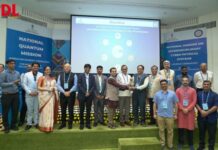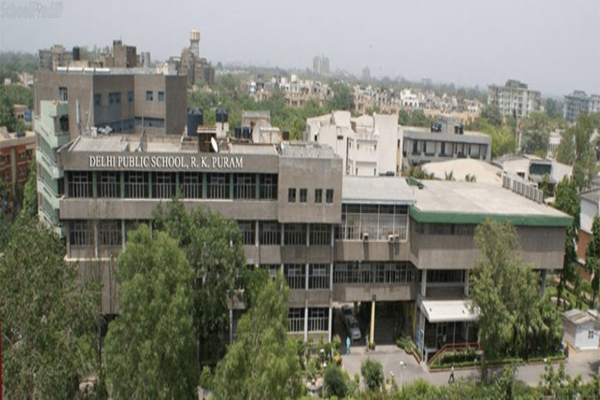The Cyberage PCs continue to be a bone of contention for the Goa IT Channel Association and the government in the state. The state government in India has decided to continue with the scheme and there is a requirement for about 22,000 PCs to be supplied to the high school students in Goa under it.
The Cyberage PC is a government of Goa initiative, which began as an attempt to take computers to schools in Goa. Under this scheme, high school students are to get a PC virtually free, paying a nominal sum of Rs 1,000. The PCs are supplied through the IT channel to the principals of the various schools who then pass it on to their students. But Computer professionals in the state have questioned the scheme and have asked whether it would not make more sense to hand out PCs to schools, to be used collectively. There are other questions on whether the computers have been delivered as promised, and on schedule.
Also concerns have been expressed as to how one can ensure that the students are not taking the computers merely because they're cheap. Although most people agree that taking computers to schools in Goa is a good example, they have begun to wonder whether a bad implementation of the same would mean a dream gone sour. According to the industry people in the state, Cyberage PC scheme has caused a considerable degree of loss to the home IT market. Since there is no ceiling on how many students can avail of this PC, there is a chance that more than one student in one family gets to avail a PC at Rs 1,000. If one home can get more than one PC for thousand rupees, they can always utilize it for some other business purpose. Some say, due to the Cyberage PC scheme, the home market in Goa is gone. The renewal of the scheme means a further deterioration in the situation. The biggest backlash, is that students who buy the PCs at Rs 1,000 are selling them off at the same or at half the rate to corporates who are likely to gain big time in terms of getting new PCs virtually free of cost. In addition, the government has not indicated that the billing for these PCs must be done within Goa. This means that outside vendors can actually bill and supply the PCs directly to the customer, thereby bypassing the VAT or any other state sales tax, thus causing a revenue dip for the sate government as well.



















